Imagine a hut on the hills in winter… coming home from skiing in the afternoon, freezing from being outside in the snow all day long. An open fire warming and welcoming you in the hut. All you want now is something nice to eat and a good cup of tea.
Can you imagine it? This is the perfect dark farmhouse bread for this scenario.
You may wonder why we called this bread The Mountain? Just scroll down to the gallery of this recipe and you will understand it. It is just massive.
And the cool thing about this recipe is: it is in the no knead category so you won’t need a stand mixer for it. So just go ahead and give it a try. It’s absolutely worth it!
Things to know before you start
Time Schedule
| Steps | Work time | Waiting time |
| Levain | ~5 minutes | 20 hours |
| Autolyse | ~5 minutes | 60 minutes |
| Mix | ~20 minutes | – |
| Bulk Fermentation, Stretch & Fold | ~10 minutes | 90 minutes |
| Shape | ~10 minutes | – |
| Proof | – | 70 minutes |
| Score | ~5 minutes | – |
| Bake | ~5 minutes | 60 minutes |
| Cool | – | 2 hours |
You will be able to enjoy this big no knead dark farmhouse bread in under 28 hours.
Total ingredients
| Weight | Ingredient |
| 20 g | Sourdough starter – Preferably from rye flour |
| 600 g | All-purpose flour |
| 400 g | Rye flour |
| 20 g | Salt |
| 15 g | Butter |
| 20 g | Honey |
| 10 g | Baking malt (optional) |
| 660 g | Water |
You will have a huge dough of about 1.745 g in total.
Difficulty
Another simple recipe with all the basic steps you should already know from our sourdough bread for beginners recipe with one new step called autolyse.
Baking tools
A big oval banneton proofing basket from our should have baking tools is highly recommended. Otherwise it will be very hard to get nearly 1.750 g of dough into a nice oval shape. Also use the biggest bowl you have in your kitchen for mixing the dough.
Steps
1. Levain
| Weight | Ingredient |
| 20 g | Starter – Preferably from rye flour |
| 200 g | Rye flour |
| 160 g | Water – Room temperature |
- Mix your sourdough starter with the ingredients above
- Store sealed for 20 hours at 20°C (68°F)
2. Autolyse
| Weight | Ingredient |
| 600 g | All-purpose flour |
| 400 g | Water – 26°C (95°F) |
- Take the biggest bowl you have in your kitchen and mix the ingredients above
- Store sealed for 1 hour at 20°C (68°F)
3. Mix
| Weight | Ingredient |
| – | Levain |
| 200 g | Rye flour |
| 20 g | Salt |
| 20 g | Honey |
| 10 g | Baking malt (optional) |
| 100 g | Water – 40°C (104°F) |
| 15 g | Butter |
- Add all of the mentioned ingredients to the big bowl containing your autolyse dough
- As this is a no knead recipe you will be able to mix the dough by hand or with a very sturdy spoon for about 20 minutes
- The dough shouldn’t stick too much to the bowl after mixing
- Tip: If you don’t have any baking malt, you can instead use 10 g more honey
4. Bulk Fermentation, Stretch & Fold
- Cover the dough and let it rest for a total of 90 minutes at 20-22°C (68-71,6°F)
- During that time stretch & fold the dough every 30 minutes (2 times in total) and after the 2nd time let it ferment further for 30 minutes until 90 minutes in total are reached
- After each stretch and fold put it back to the bowl and cover it again so it doesn’t dry out
5. Shape
- Shape your dough by long moulding it
6. Proof
- Dust your proofing basket with all-purpose flour
- Put your previously shaped dough seam-side-up in the dusted proofing basket
- Add a bit of flour on top
- Cover it with a towel
- Let it proof at 20-22°C (68-71,6°F) for 70 minutes
7. Score
- Cover a pizza peel with parchment paper
- Gently take your dough out of the proofing basket by flipping it upside down on the pizza peel
- With a bread lame make one long cut lengthwise (about 2 to 3 cm deep) on top of the dough
8. Bake
- Preheat oven to 270°C (518°F) for ~45 minutes with the upper and lower heat function
- Put the loaf in the oven, create steam and bake for 60 minutes
- After 10 minutes lower the temperature to 220°C (428°F), let the steam out by opening the oven door for ~45 seconds and close it again
9. Cool
- After baking take out your bread immediately
- Let your bread cool for about 2 hours on some kind of grid before the first cut
Conclusion
Crust
As this dark farmhouse bread is obviously very dark, you may think the crumb is extremely crunchy. Surprisingly, the crust is not that hard. It has a little and very nice crunchiness. What it has though is a very strong and rustic aroma.
Crumb
The pores of this mighty looking loaf are not too fine and a little irregular. The Crumb is soft but still firm.
Taste
As outlined for the crust, the taste of this bread could best be described as rustic and slightly malty.
Goes good with
Scrambled eggs, cold cuts and definitely butter.
Credits
This recipe was inspired by Dunkles Bauernbrot (no knead).

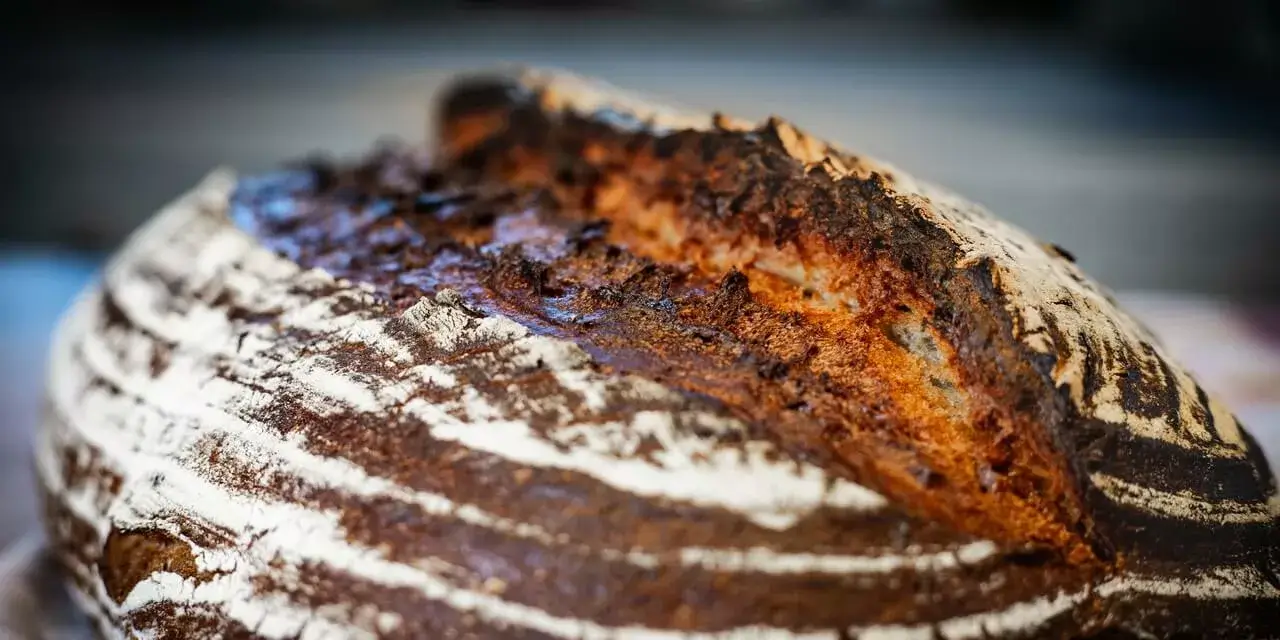
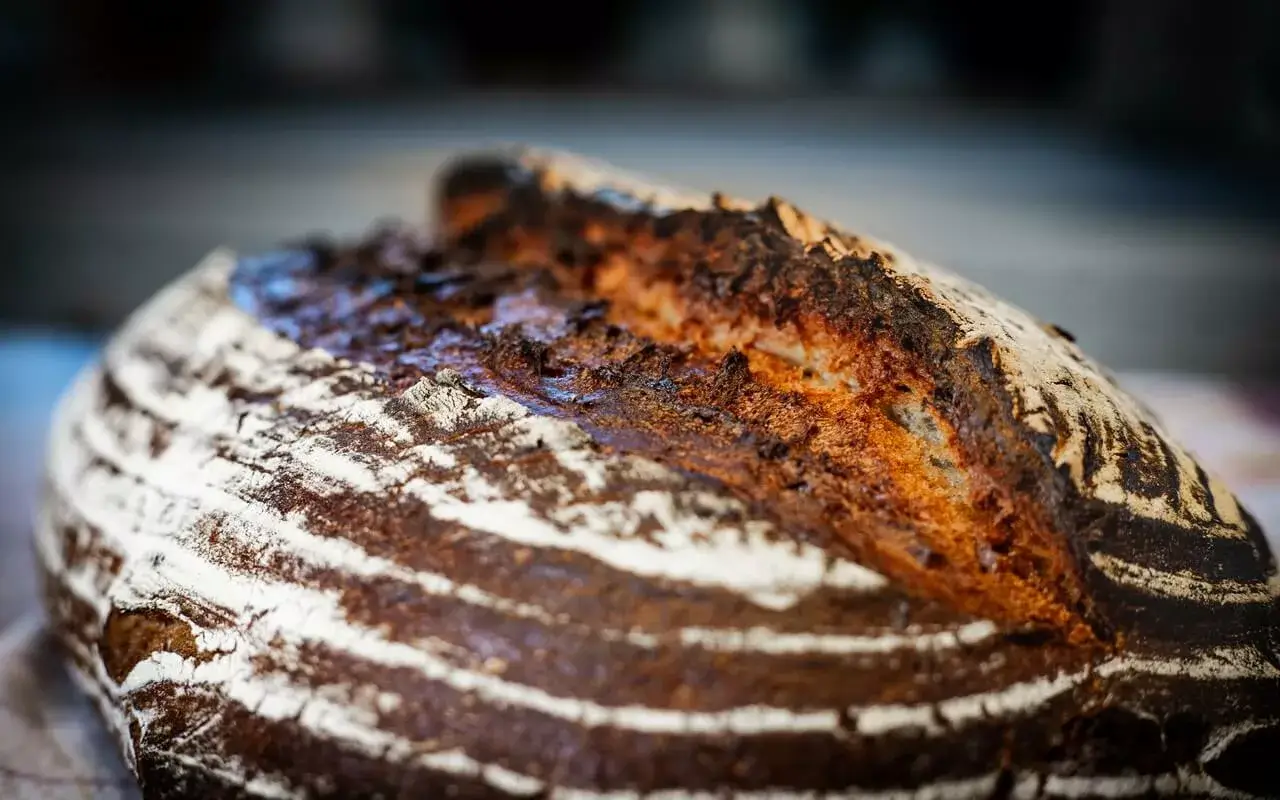
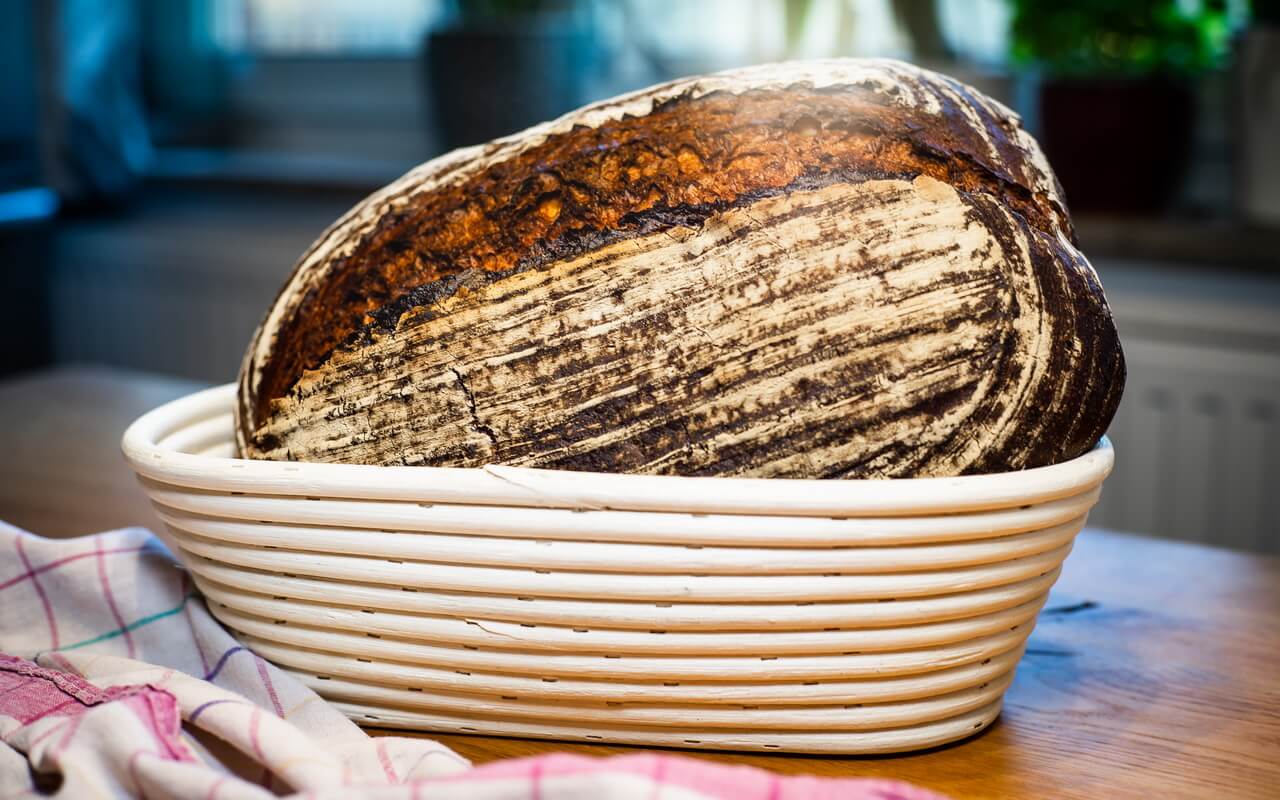
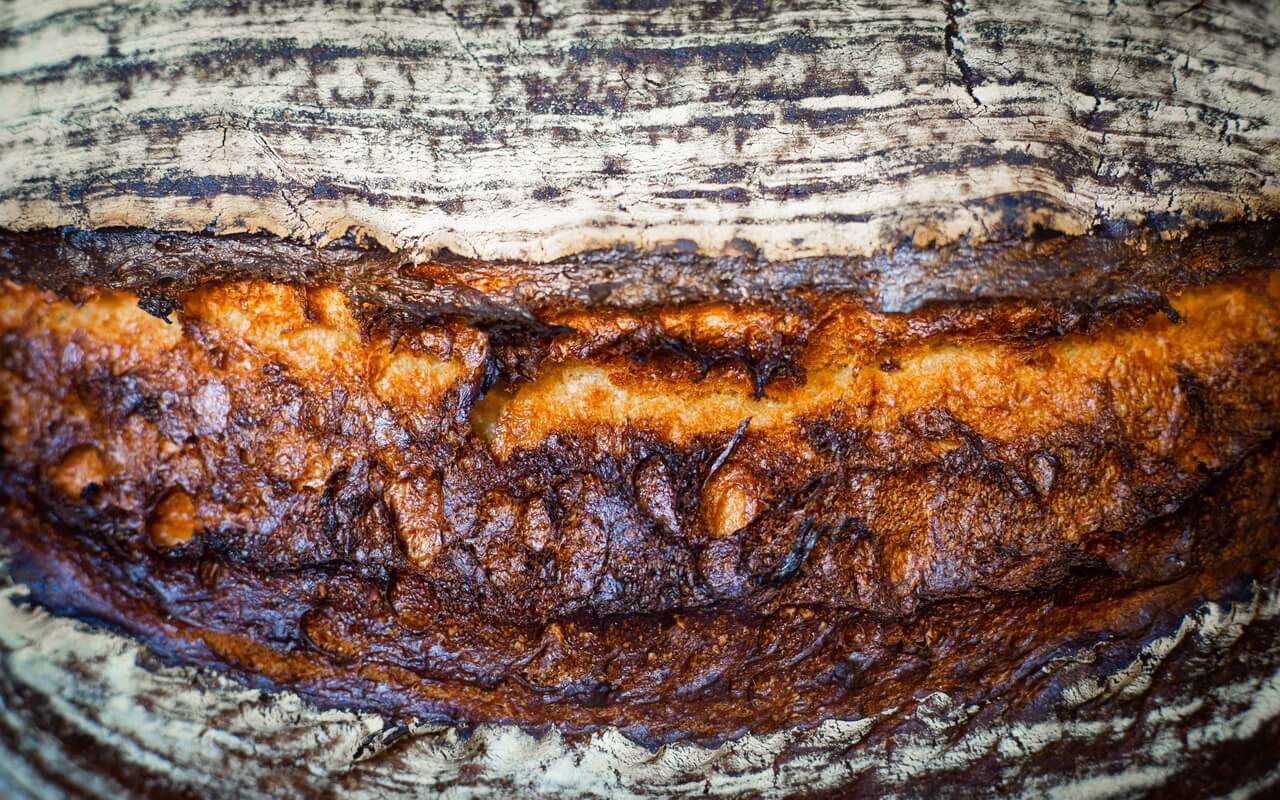
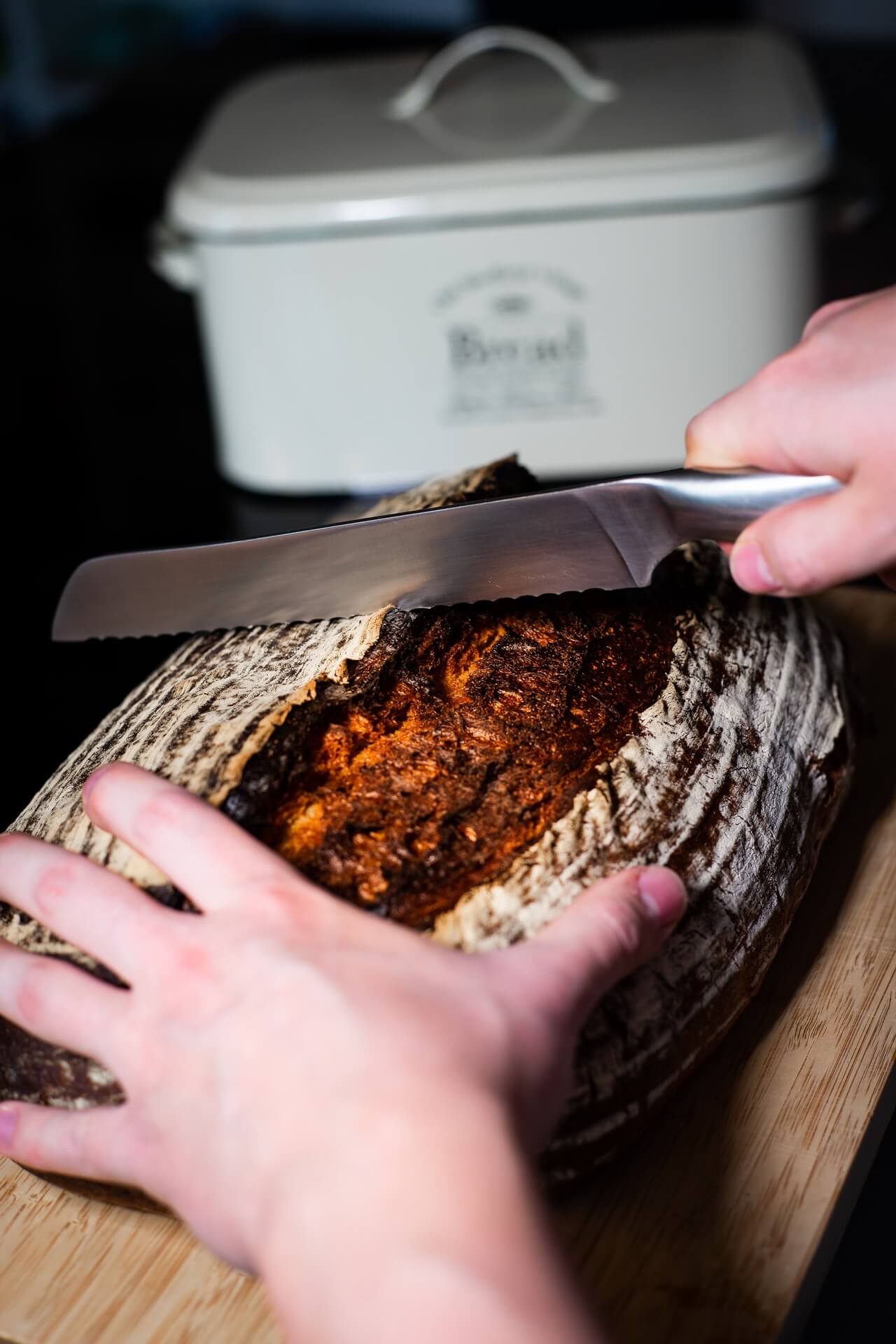


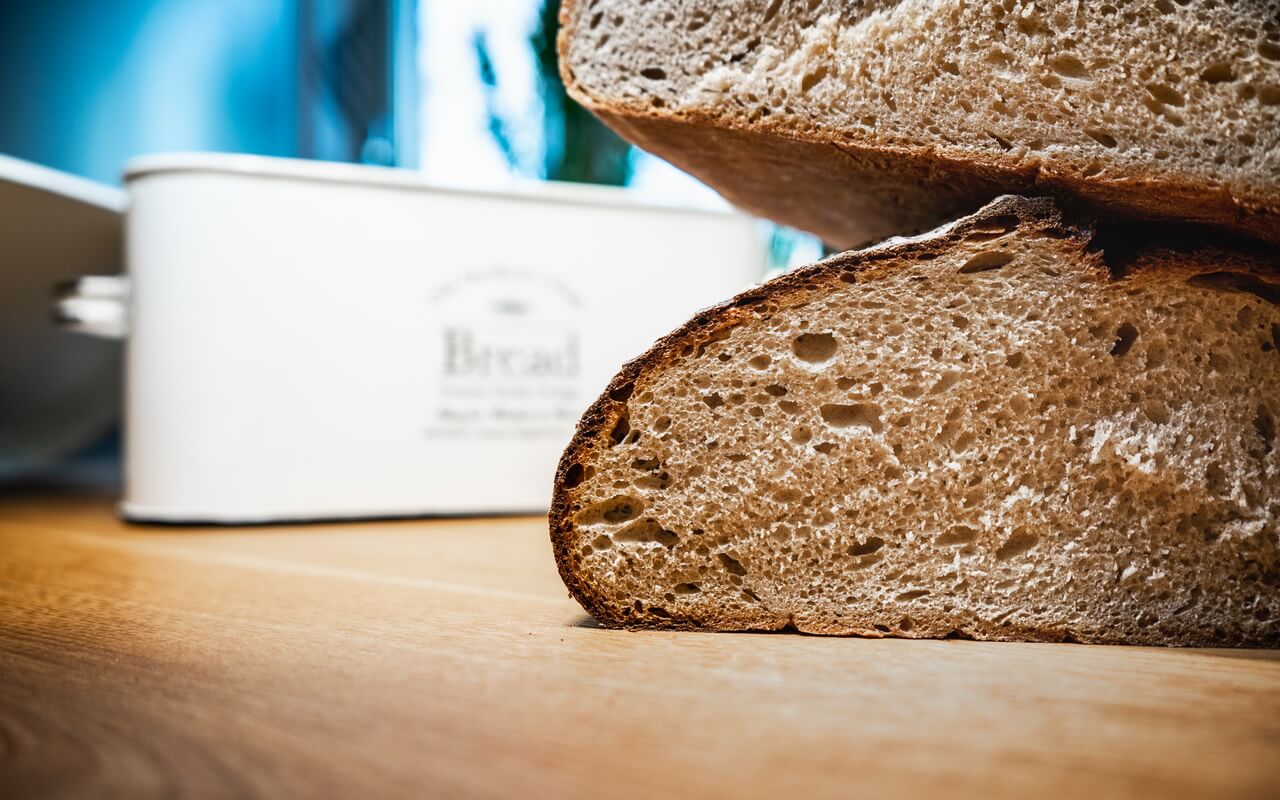
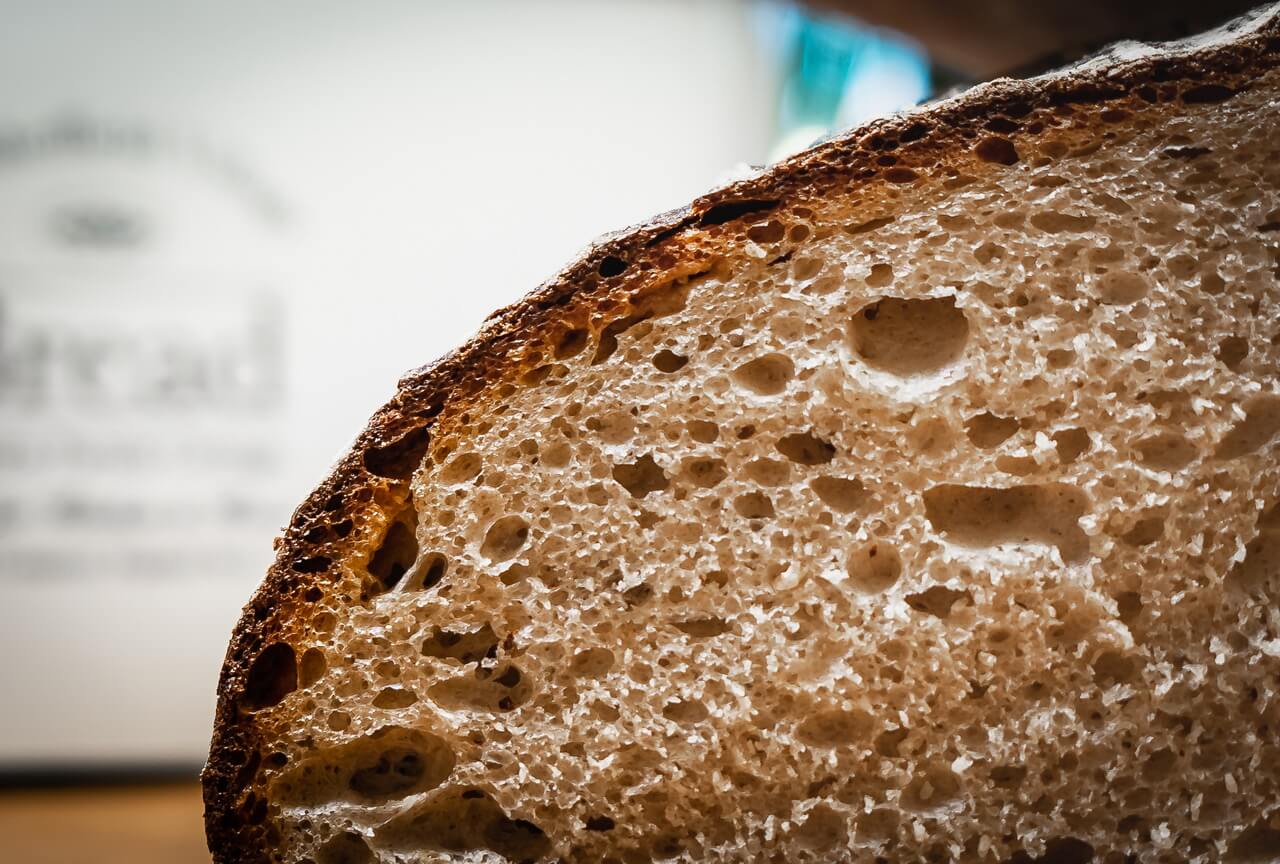
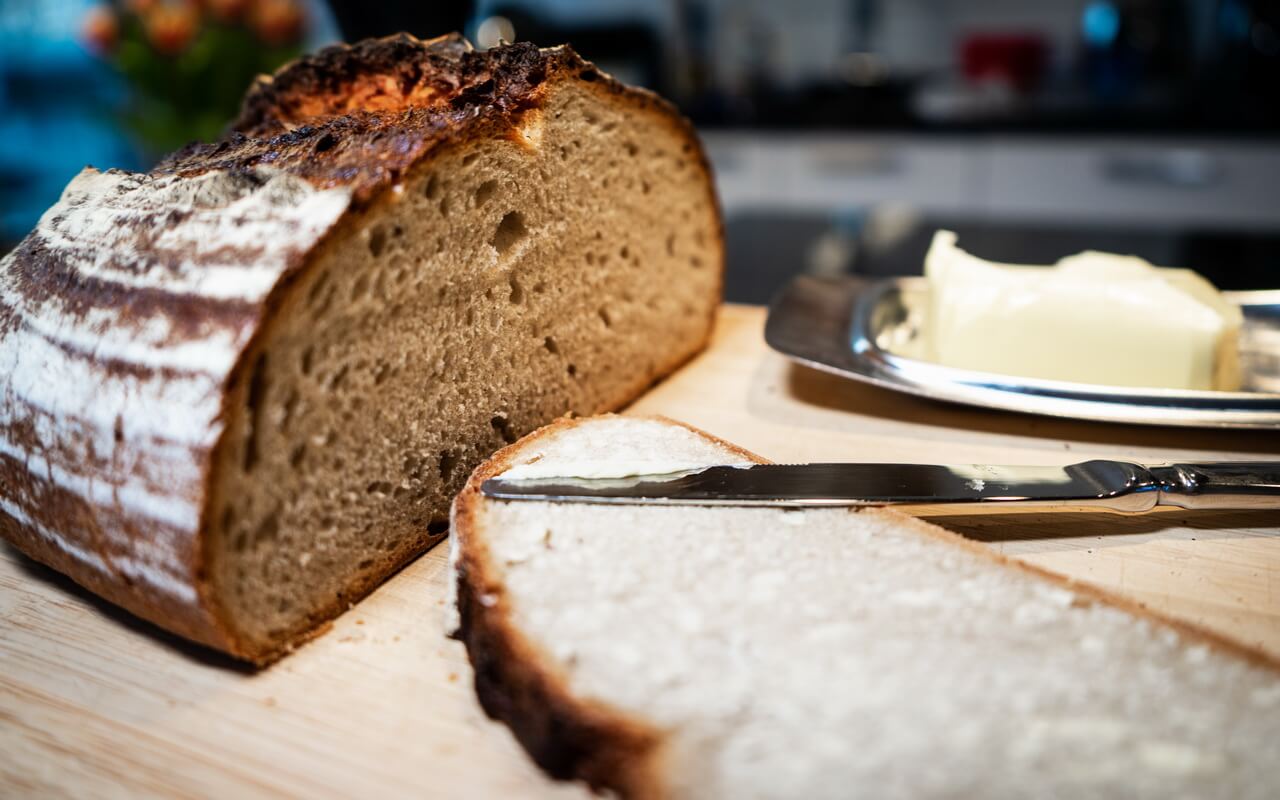

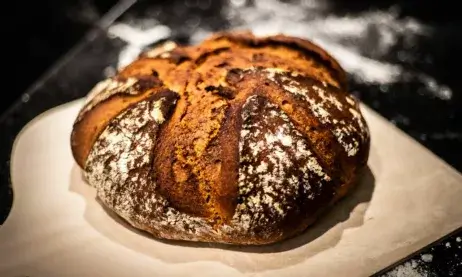
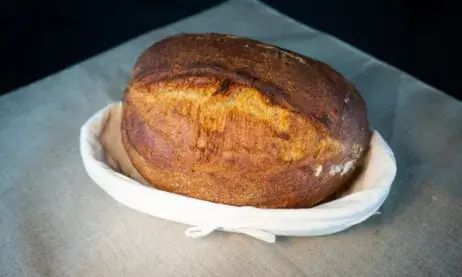
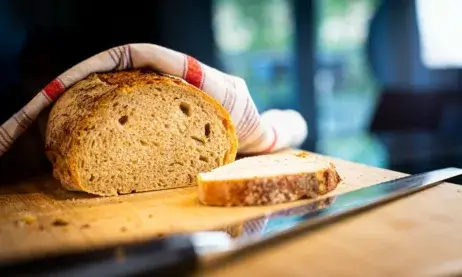
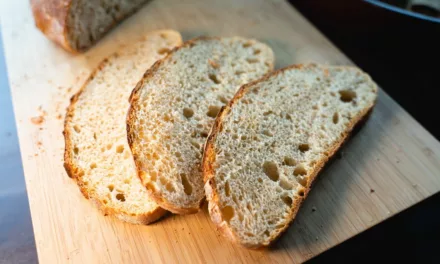
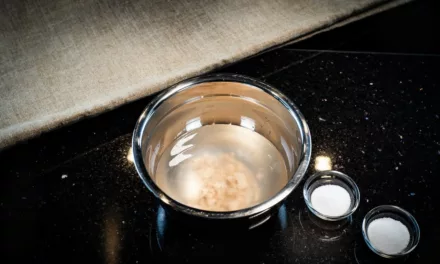
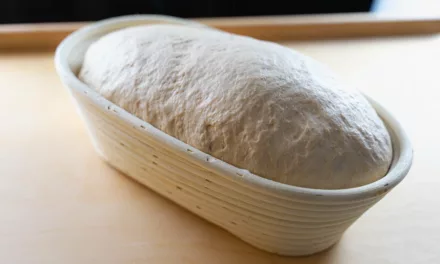

this looks so delicious .. i can only imagine how it tastes just with salted butter <3